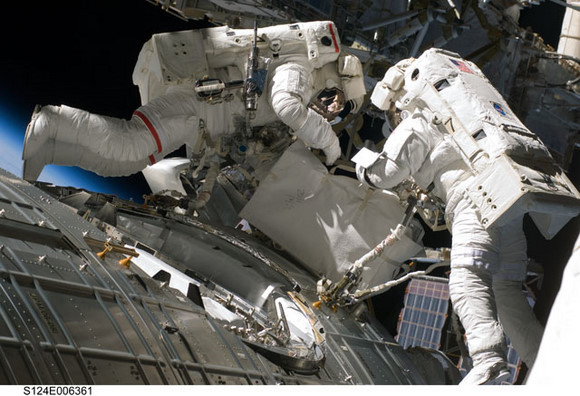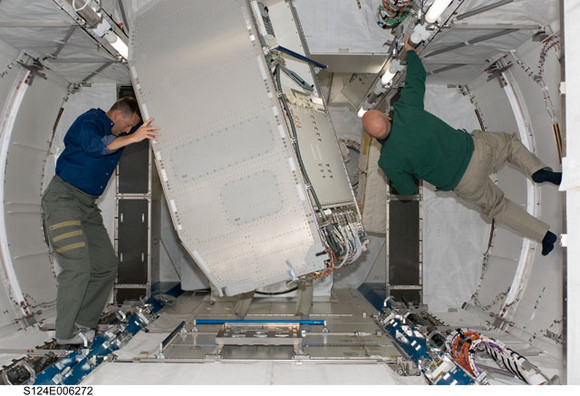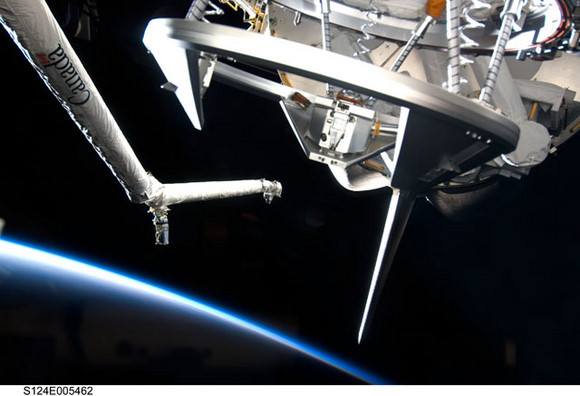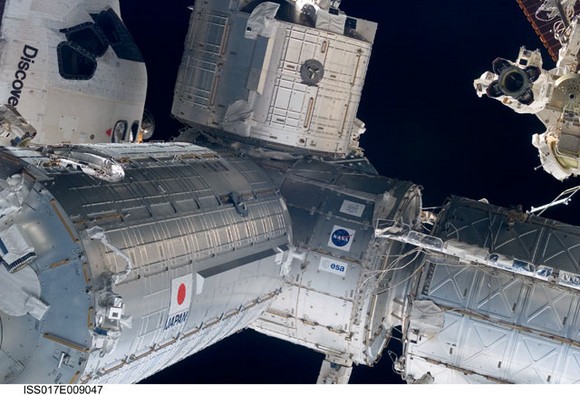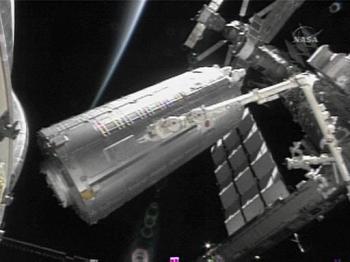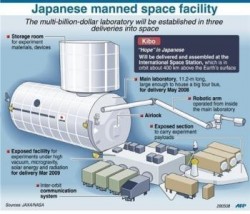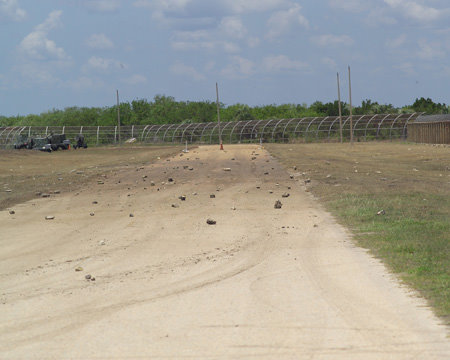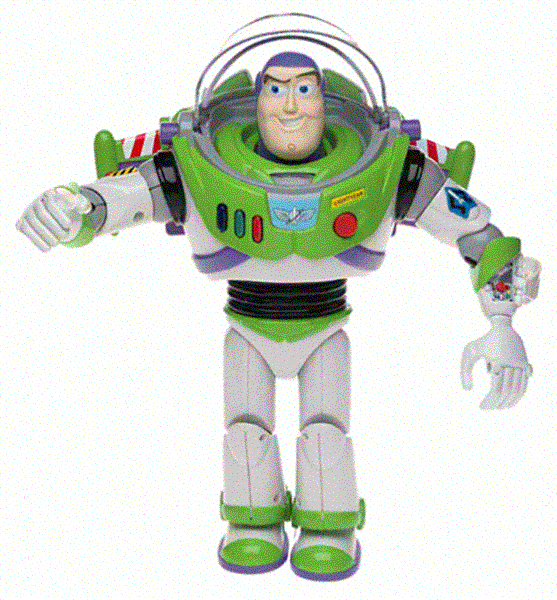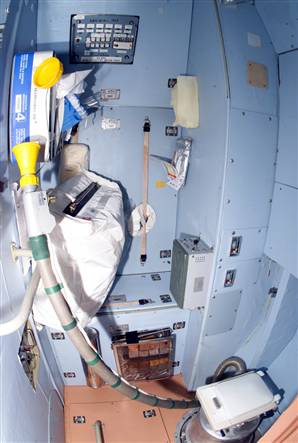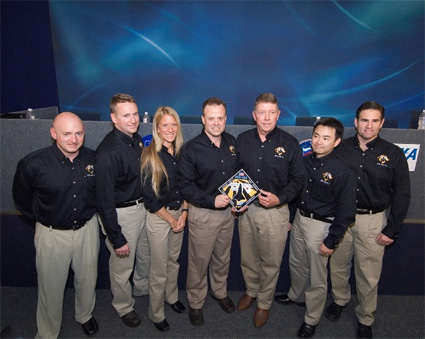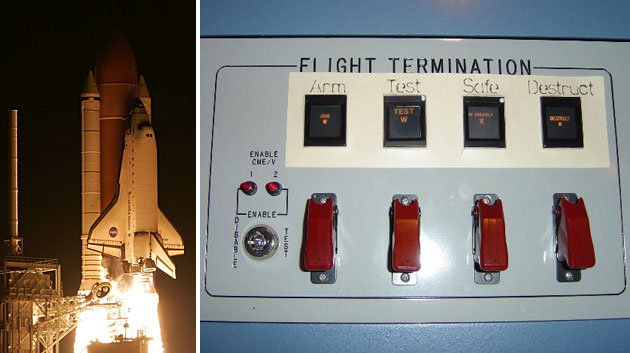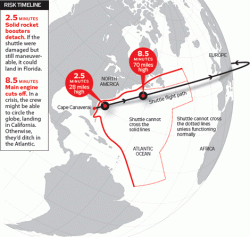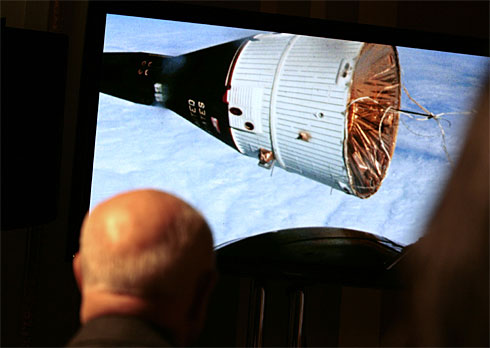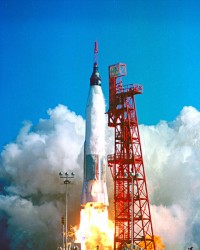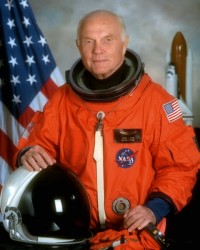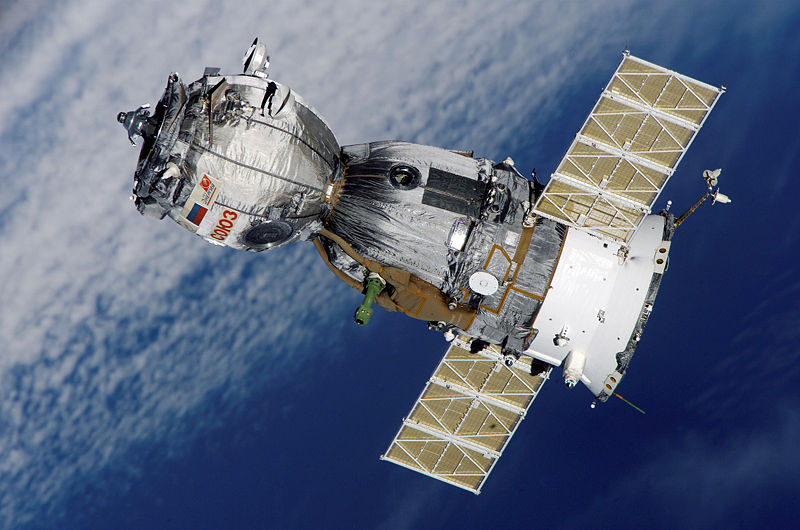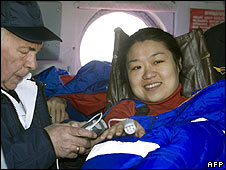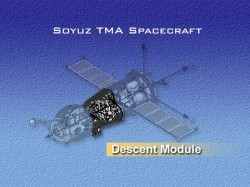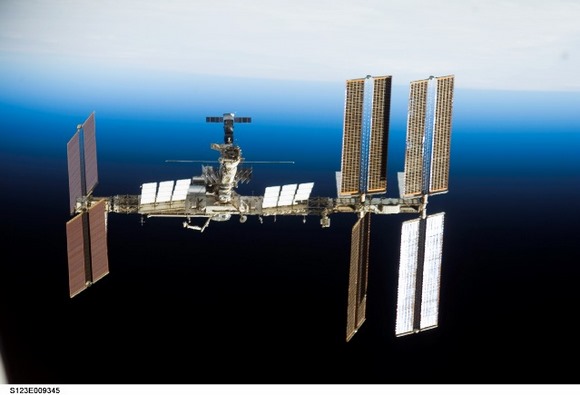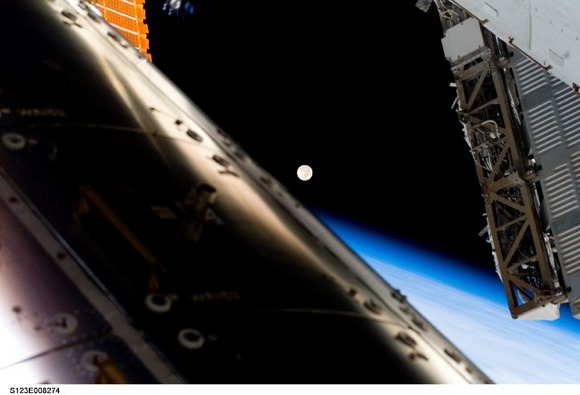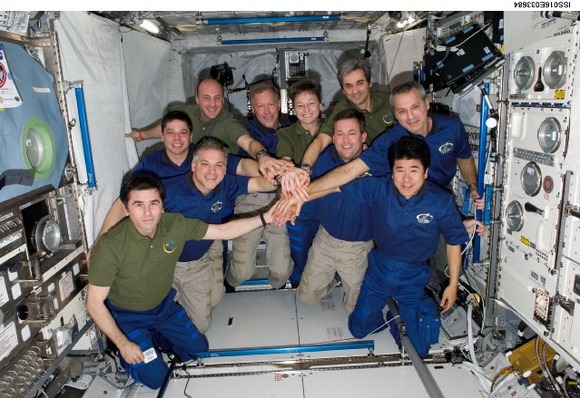Space shuttle Discovery now sits majestically out on launch pad 39A, preparing for the upcoming STS-124 mission to the International Space Station. With the shuttle program slated to terminate in 2010, there’s a limited amount of times we’ll see that sight again: a space shuttle will crawl out to the pad only 10 more times –or possibly only 9 more. And whether that thought chokes you up a bit, or evokes a shout of “It’s about time!” here’s a quick look at the remaining shuttle missions and what each will accomplish. All dates and personnel are subject to change. (Updated 7/7/08)
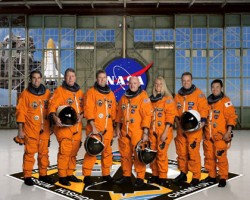
Mission: STS-124
Proposed Launch Date: May 31, 2008, 5:02 pm EDT
Shuttle: Discovery
Mission Description: Discovery will bring the Kibo Japanese Experiment Module – Pressurized Module (JEM-PM) and the Japanese Remote Manipulator System (JEM-RMS) to the ISS. This is the 10th flight since the Columbia disaster, and the first mission that includes all the design modification to the external tank. Crew: Mark Kelly, Ken Ham, Mike Fossum, Karen Nyberg, Ronald Garan and Akihiko Hoshide, as well as bringing Greg Chamitoff to the station as part of Expedition 18.
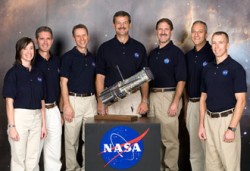
Mission: STS-125
Proposed Launch Date: ~ October 8, 2008
Shuttle: Atlantis
Mission Description: Atlantis will fly to the Hubble Space Telescope for the fifth and final servicing mission for the venerable telescope, improving the observatory’s capabilities through 2013. Since the shuttle won’t be going to the ISS, which provides a safe haven in the event of an emergency, another shuttle, Endeavour, must be ready to go at the pad. Hence, the delay from the original launch date of August 28, 2008 as an additional new and improved external tank won’t be ready by then.
Crew: Scott Altman, Greg Johnson, Megan McArthur, Michael Good, John Grunsfeld, Michael Massimino and Andrew Feustel.
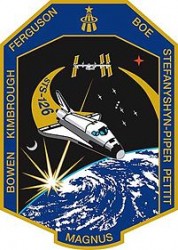
Mission: STS-126
Proposed Launch Date: ~ November 10, 2008
Shuttle: Endeavour
Mission Description: Endeavour, on ISS flight ULF2, will deliver supplies to the station in a Multi-Purpose Logistics Module, and execute crew exchange for the ISS.
Crew: Chris Ferguson, Eric Boe, Stephen Bowen, Heidemarie Stefanyshyn-Piper, Don Pettit, R. Shane Kimbrough, as well as bringing Sandra Magnus to the station as part of Expedition 18, and returning Greg Chamitoff back home after his stint as part of Exp. 18.
Mission: STS-119
Proposed Launch Date: February 12, 2009
Shuttle: Discovery
Mission Description: Discovery will bring the fourth starboard truss segment to the ISS on assembly flight 15A, as well as the fourth set of solar arrays and batteries. Click here for a video of how the assembly will be accomplished.
Crew: Lee Archambault, Dominic Antonelli, John Phillips, Steven R. Swanson, Joseph Acaba, Richard Arnold (Acaba and Arnold are Educator Astronauts). Additionally, STS-119 will bring JAXA astronaut Koichi Wakata to the station as part of Expedition 18, and bring home astronaut Sandy Magnus.
Mission: STS-127
Proposed Launch Date: May 15, 2009
Shuttle: Endeavour
Mission Description: Endeavour will deliver and install the final component of the Japanese Experiment Module, the Exposed Facility.
Crew: Mark Polansky, Doug Hurley, Christopher Cassidy, Thomas Marshburn, Dave Wolf, Julie Payette, as well as bringing ISS Expedition 19 Flight Engineer Timothy Kopra to the station and returning Koichi Wakata back home.
Mission: STS-128
Proposed Launch Date: July 30, 2009
Shuttle: Atlantis
Mission Description: Atlantis’ primary payload will be the Italian Multi-Purpose Logistics Module Donatello, which will deliver equipment to allow for bringing the station crew from three to six.
Crew: Not yet set, but currently, Nicole Stott is scheduled to be brought to the station as part of the Expedition 19, and Tim Kopra will get a ride home. The additional astronauts for the increased ISS crew size have not yet been named.
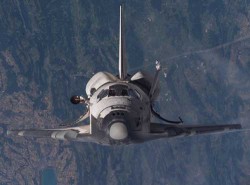
Mission: STS-129
Proposed Launch Date: October 15, 2009
Shuttle: Discovery
Mission Description: Discovery will deliver the first two ExPRESS(Expedite the Processing of Experiments to the Space Station) Logistics Carriers, which allows for “outdoor” experiments at the ISS.
Crew: Not yet named, but astronaut Jeff Williams is scheduled to be brought on board as part of Expedition 20, and Nicole Stott brought home.
Mission: STS-130
Proposed Launch Date: December 10, 2009
Shuttle: Endeavour, (possibly its last flight (see below)
Mission Description: Endeavour will bring supplies to the ISS in the Raffaello Multi-Purpose Logistics Module. No crew for the shuttle or station has yet been named.
Mission: STS-131
Proposed Launch Date: February 11, 2010
Shuttle: Atlantis, on its final flight
Mission Description: Atlantis will deliver the Docking Cargo Module and the third and fourth EXPRESS Logistics Carriers to the ISS on Assembly Flight ULF5.
Mission: STS-132
Proposed Launch Date: April 8, 2010
Shuttle: Discovery, its final flight
Mission Description: deliver the Node 3 components to the ISS, which includes advanced life support systems and a Cupola with a robotic workstation. It’s possible that this flight could be the final space shuttle mission if an additional contingency mission is not needed.
Mission: STS-133
Proposed Launch Date: May 31, 2010
Shuttle: Endeavour (for sure the final flight!)
Mission Description: This is a contingency flight to finish any remaining construction or bring up any remaining components, and possibly bring the 5th ExPRESS Logistics Carrier. If needed, this will be the final space shuttle mission.
